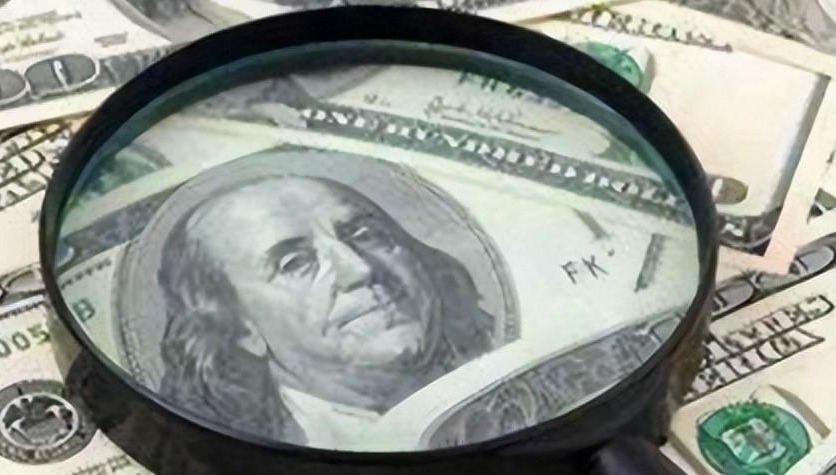The bond market in the United States has recently witnessed tumultuous shifts, characterized by dramatic fluctuations in Treasury yields amidst significant sell-offs. Following a surge in yields, the landscape has become particularly volatile, as traders engage in a complex tug-of-war, betting on where these rates will ultimately settle. Such backwards and forwards play reflects broader concerns over economic signals and future policy directions, adding layers of unpredictability to the market.
Beginning in early December, the bond market has struggled to find its footing. Expectation of robust economic growth fueled in part by the agenda of the recently elected president has played a significant role in pushing bond prices down. The 10-year Treasury yield rose steadily from an approximate rate of 4.15%, climbing further as strong job reports highlighted an economy showing resilience. These data points not only defied forecasts of potential interest rate cuts from the Federal Reserve but also injected a new vigor into an already treacherous bond market, propelling yields to their highest levels in 14 months. As of the last report, the 10-year Treasury yield stood at 4.791%, clearly illustrating the mounting pressure facing this market.
In an intriguing twist, while many traders grasped for reassurance amidst rising yields, a faction began executing a contrarian strategy. By investing in options that capitalize on potential yield declines, these traders signaled expectations for a retraction from the current high points. Particularly noteworthy was a high-stakes transaction costing over $40 million, essentially betting that the 10-year yield would slide from its current 4.8% to around 4.6% by February 21. This significant move not only underscores the bold assessments made by some market players but also raises the possibility of a potential pivot in the dynamics of the Treasury market.

Market dynamics illustrate this tug-of-war vividly. As of January 13, data disclosed considerable shifts in the holdings of Morgan Stanley's customers. The position of direct long holdings grew by one percentage point, reaching the highest levels recorded since December 2023, while direct short positions decreased by two percentage points. This net long position now marks the peak since November 4, suggesting that certain investors may be reassessing the outlook for Treasury bonds, believing that the potential for further yield increases may be limited and opting instead to strengthen their long bets.
Adding to this narrative, the Commodity Futures Trading Commission (CFTC) reported substantial actions by hedge funds as of January 7, with significant covering of short positions in the broader futures market amounting to about 263,000 contracts of 10-year Treasury futures. This move marks the most considerable short covering seen since late November, demonstrating a palpable shift in sentiment among investors, who appear to be reducing bearish positions in favor of more conservative investment strategies.
Analysts have underscored that uncertainty surrounding the newly elected president's policies might indeed contribute to bearish views on Treasury yields. Reports suggesting that the new administration could implement a gradual tariff policy hint at potential easing of inflation pressures. A reduction in inflation expectations would be a boon for the Treasury market, as lower inflation typically enhances the real yields on bonds, thereby boosting their attractiveness. The reemergence of such discussions has temporarily revived the Treasury market, leading some traders to think that a downturn in yields may be around the corner.
Looking ahead, the forthcoming U.S. Consumer Price Index (CPI) data to be released Wednesday stands as a vital milestone for the market. Current forecasts anticipate that U.S. inflation will remain stubbornly high. If the inflation figures print above expectations, we might see intensified fears regarding the Federal Reserve tightening its monetary stance, thus propelling Treasury yields even higher. Conversely, should the data fall short of projections, it could provide the market some breathing room, bolstering trader conjectures around a potential yield peak.
In summary, the current state of the U.S. Treasury market is at a pivotal juncture, influenced by multiple converging factors. The ongoing battle between bullish and bearish sentiments not only reflects divergent opinions about future economic conditions but also complicates the path ahead. Investors and market participants must remain vigilant, closely monitoring economic data changes and policy shifts to navigate through this multifaceted market environment effectively.
 November 19, 2024
November 19, 2024